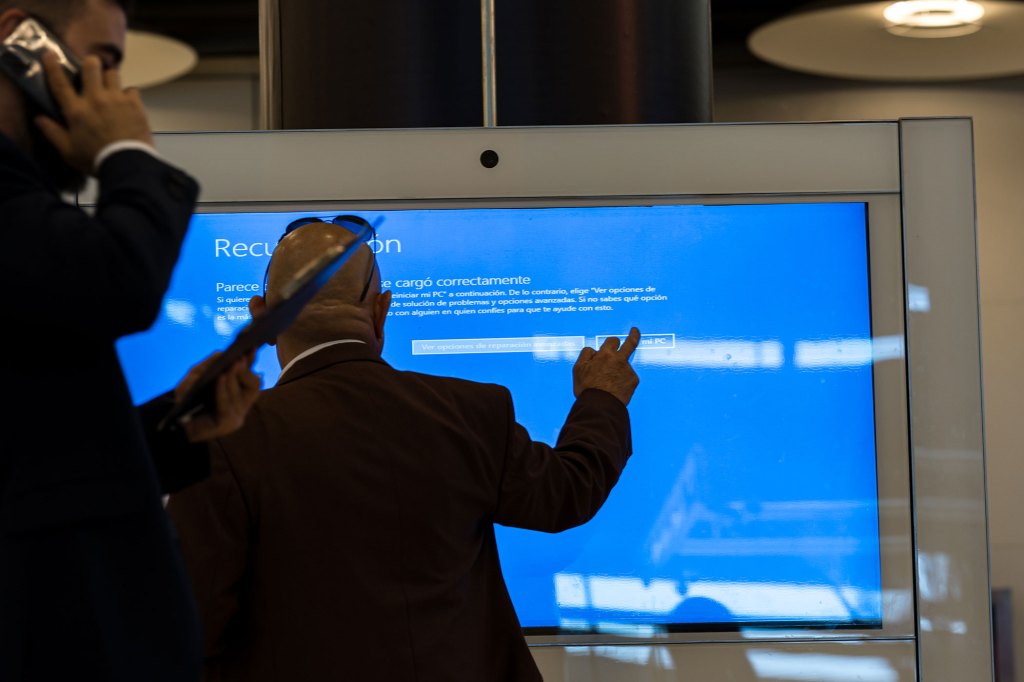Autonomous Vehicles, frequently referred to as self-driving motors, are not any more just an idea of the future. With breakneck progress in machine intelligence (AI), machine learning (ML), and sensor electronics, independent automobiles (AVs) are tighter than always to becoming a prevailing existence. However, skills are meaningful challenges to overcome, alongside extraordinary changes shaping the happening of self-forceful trucks. In this online journal post, we will investigate the key innovations and challenges encircling independent cabs in 2024 and what we can rely on the manufacturing shortly.

What Are Autonomous Vehicles?
Autonomous buses (AVs) are buses that fit feel their atmosphere and guide along the route, often over water without human recommendation. They depend on an array of sensors, cameras, GPS wholes, AI algorithms, and machine intelligence to think about their surroundings, create determinations, and move carefully through differing traffic environments.
There are five levels of boat mechanization:
- Level 0 (No Automation): The chauffeur controls the entirety.
- Level 1 (Driver Assistance): Systems like cruise control assist but the driver debris administrative.
- Level 2 (Partial Automation): The auto can control guiding and speed, but the operator must wait engaged.
- Level 3 (Conditional Automation): The cab can accomplish most tasks, but the motorist must take the place of when necessary.
- Level 4 (High Automation): The tool is fully independent of private environments, accompanying littlest human interference.
- Level 5 (Full Automation): No human recommendation is required. The car is an entirely independent effective environment.
In 2024, manufacturing is progressing toward Level 4 computerization, though meaningful challenges wait before we can visualize the extensive enactment of fully independent bicycles.
Read Also:- What is search engine marketing and how does it work?
Key Innovations in Autonomous Vehicles in 2024
Autonomous boat incidents have seen a large shift thanks to current mechanics breakthroughs. Below are a few key changes forceful the future of self-forceful buses:
1. Enhanced AI and Machine Learning Algorithms
One of the most detracting parts of independent taxis is AI and machine intelligence algorithms that capacity decision-making. In 2024, we are observing a strike in deep knowledge and affecting animate nerve organ networks, admitting AVs to process and define data from diversified beginnings more capably. AI-stimulated plans better alert hikers, cyclists, and other lane consumers, reconstructing their capability to form more reliable decisions in actual time for action or event.
2. LiDAR and Sensor Technology
LiDAR (Light Detection and Ranging) has enhanced a fault-finding finish for AVs. In 2024, next-gen LiDAR arrangements have intensely improved the cab’s talent to see the globe about it. LiDAR, linked with sonar, cameras, and quick sensors, allows for the 360-point plan, even in antagonistic weather environments like rain or fog. These sensors ensure the instrument can guide along the route, often over water harmlessly in miscellaneous surroundings.
3. Vehicle-to-Everything (V2X) Communication
V2X electronics allow jeeps to have ideas accompanying their environment, containing different vehicles (V2V), foundations (V2I), and strollers (V2P). In 2024, V2X be able important progress, permissive AVs to share fault-finding dossiers about traffic patterns, road environments, and potential hazards. This science allows for more reliable, more effective travelling and reduces the risk of accidents.
4. High-Definition (HD) Mapping
Autonomous vehicles depend on exact maps to guide along routes, often over water. In 2024, HD plan sciences have enhanced more advanced, providing itemized 3D maps that allow AVs to accept avenue facial characteristics, traffic signals, and even the attitude of added road consumers. These maps are uniformly modernized to indicate actual-opportunity changes in road environments, and permissive better administrative.
5. Robust Cybersecurity Measures
As AVs enhance more related, cybersecurity has become a top priority in 2024. Autonomous cars are susceptible to cyberattacks that can endanger security. Manufacturers are attracting upright-to-end encryption, real-opportunity danger discovery, and secure cloud connectedness to keep AVs from hateful attacks.
Challenges Facing Autonomous Vehicles in 2024
While the changes in independent instrument science are exhilarating, various challenges are still obstructing the extensive adoption of self-forceful autos. Some of these challenges involve:
1. Regulatory and Legal Barriers
One of the basic barriers to AV approval is the lack of a united supervisory foundation. Governments generally are still grabbing accompanying using what to manage autonomous tools. In 2024, skill is important progress in constructing security guidelines and directions, but the manufacturing remnants disintegrated. Each country has allure own rules, making worldwide exercise troublesome.
2. Public Trust and Acceptance
Public acceptance of self-forceful rides remains a hurdle in 2024. While few societies are upset about the plan of independent jeeps, many are still disbelieving about the security and dependability of science. Trust construction is essential, and manufacturers need to guarantee the public that AVs are dependable and can handle surprising positions along the way.
3. Safety and Ethical Concerns
Safety remains a top concern for two together manufacturers and managers. Even though AV electronics have state-of-the-art, edge cases (infrequent, changeable positions) stretch to pose risks. In 2024, AVs need to address issues like occurrence liability, accountability in moral crises, and tool security in complex city surroundings.
4. High Development and Production Costs
The cost of cultivating and producing independent instruments is still extreme. From sensors and calculating capacity to thorough experiments, building an AV is capital-exhaustive. This limits the chance of independent taxis to a more extensive display. Companies are occupied with climbing results and lowering costs, but affordability remains a concern in 2024.
5. Infrastructure Limitations
The current expressway foundation in many municipalities and countries is not still ready for AVs. The smart foundation that supports V2X ideas is essential for AVs to function optimally. In 2024, nations are working to improve their foundation, but these changes are high-priced and late.
What’s Next for Autonomous Vehicles?
Looking forward, the future of independent buses is amazingly hopeful. Some flows to watch out for include:
- Robotaxis: Companies like Waymo and Cruise are once experimenting with sufficient taxis in select municipalities. Robotaxi aids manage early enhance commonplace in city fields, contributing useful and economical transportation.
- Autonomous Delivery Vehicles: In 2024, we visualize tumours in independent transmittal aids, and place AVs transfer bundle outside human invasion. Companies like Amazon and FedEx are installing densely situated on sides.
- Autonomous Freight: The bargaining industry is likewise developing. In 2024, independent trucks are being proven for long-haul deliveries, reconstructing management adeptness.
- Autonomous Public Transport: Some ports are investigating accompanying self-forceful buses and shuttles to humiliate traffic tie-ups and specify better conveyance services to dwellers.
Conclusion
The future of independent taxis in 2024 is two together inspiring and disputing. Key changes like state-of-the-art AI, LiDAR electronics, V2X ideas, and HD plans are forceful the happening of more reliable, smarter cabs. However, supervisory hurdles, public trust, security concerns, and foundation restraints still pose meaningful challenges.
As science persists in developing and governments work to enact clear rules, we are inclined to visualize independent cabs becoming an accepted point in the direction of the roads in the coming age. The potential benefits of AVs—including discounted accidents, upgraded traffic flow, and raised mobility—make the ruling class a game-changeful science for the future of conveyance.
Read Also:- Grow Your Business with Digital Marketing Experts: A Quick Guide




